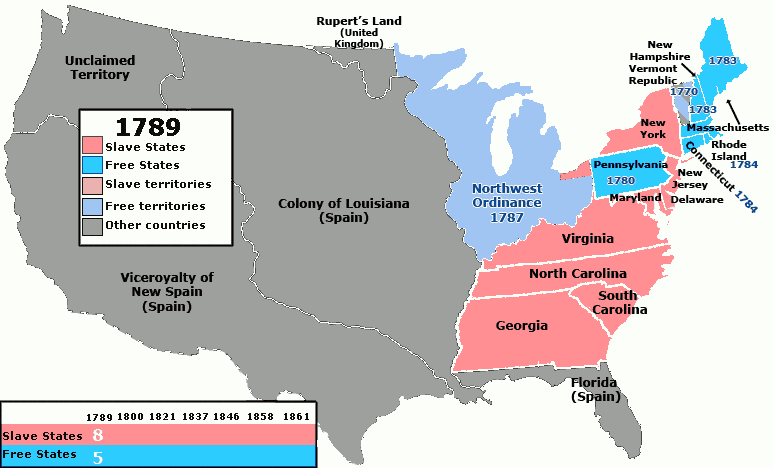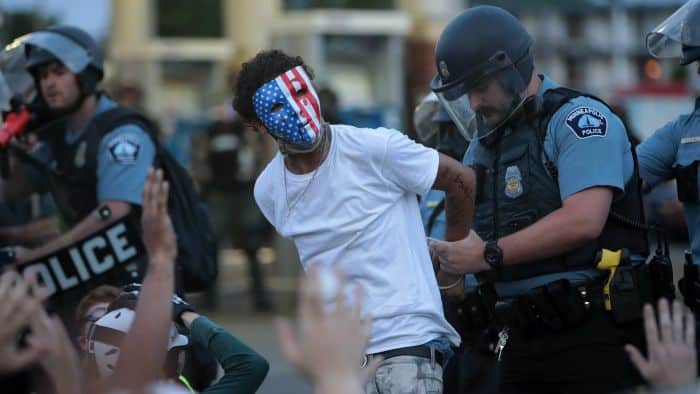Ten years ago a model calibrated on the political and social stability of States (and their eventual collapse) accurately anticipated the current unrest in the USA.
“Political Instability in the United States,” he said, “will reach its peak around 2020.” Its authors at the time claim that events now lead to a possible new American civil war.
In the early 90s, when Bill Clinton was in the White House and the United States seemed stable and forward-looking, the administration appointed the sociologist Jack Goldstone. Nothing was more impossible than a civil war in America when Goldstone started working. His task? Develop a model to predict how states failed. The thought obviously did not turn to the USA, but to other states. Few expected that his model would later predict the collapse of his own country.
In an unpublished peer-reviewed article, Professor Goldstone e Peter Turchin, an expert in mathematical models of historical societies, concluded that, after so many American wars around the world, the United States is “headed for another American Civil War.”
Civil war conditions, they say, are the worst since the 19th century (particularly the years leading up to the start of the American Civil War in 1861).
The last great "civil" war in America: the American Civil War
An internal war, it must be said. The history of the American Civil War is short but devastating. For 4 years the American war actually raged between two Americas. The United States of America, and another group of "mutinous" states (Confederate States of America, an entity arising from a form of split) fought a bitter war, the result of an economic and political secession.
The causes of the American Civil War lay in the prohibition of slavery. An action decided by the Republican Party of Abraham Lincoln, who later became president. A group of states, the Southern ones, believed their constitutional rights were being violated and formed the “Southern” group of states before Lincoln's inauguration.
All attempts at compromise failed, and thus the US Civil War was born. The Southern action of waging battle created the spark. The dead? Very many: an estimated 750.000 of them were among the soldiers alone. In the end the Northerners won, the Southerners lost the war of secession. But somewhere, in the American social fabric and in the "moral" heirs of Northerners and Southerners, it seems that resentment is still smoldering under the ashes.

A new American civil war. Because?
The reason for predicting the American Civil War lies in trends that began in the 80s. “Inequalities, selfish elites and polarization, attitudes that have reached the highest level today. To the point of crippling the US government's ability to mount an effective response to pandemic disease,” they write.
This state of affairs has also “hampered our ability to offer an inclusive economic relief policy, and exacerbated tensions over racial injustice.”
Professor Goldstone is an authority at George Mason University. He is a leading scholar in the field of revolutions and long-term social change. A profound connoisseur who knows civil wars today and yesterday inside out.
The Goldstone model and its predictions (spot on)
The model developed by Goldstone and Turchin keeps track of the most disparate data. The ratio of wages of average workers to GDP per capita, life expectancy, average height and the number of new millionaires. It also measures political polarization, or the degree of overlap between ideological areas.
Applied to the history of the United States, it "predicts" perfectly the civil war of 1861 and the unrest of the 30s, racial segregation and the advent of fascism. To put it succinctly: the model now sees the United States at war, but with itself.
Ten years ago, Professor Turchin pointed to his model towards the future and made an incredibly accurate prediction.
Just like in the 1850s, crisis indicators were on the rise, he wrote in the journal Nature. “They could be a reliable indicator of looming instability. They look set to peak around 2020.” In other words, the next US war could be internal.


